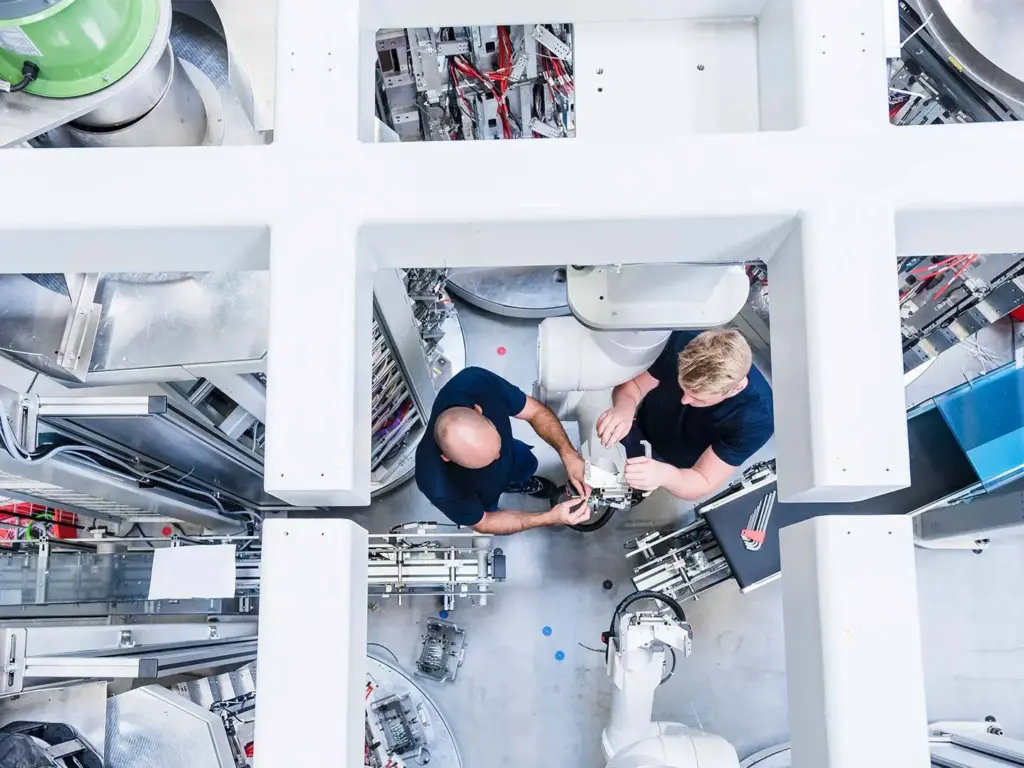This piece was originally published on Forbes.com.
When the COVID-19 pandemic struck in Spring 2020, everything changed. As entire workforces shifted from office buildings to remote working environments, all the ways we defined worked shifted, too. Gone were morning commutes, impromptu conversations around the coffee pot and casual check ins when you ran into somebody in the hallway or in the cafeteria. While many miss the camaraderie and conversation that came with being in the office, there have been benefits to shifting to working remote. Many of the old rules have been thrown away and the playbook is being rewritten during this seismic shift.
The future of the workplace will be about more than changing where employees sit, determining if temperature stations will be necessary, etc. It will require a change in employee behaviors and an understanding of the rules that need to be followed.
“We’re navigating some different paradigms of time and space, and what’s enabling that is digital technology,” said Andy Van Solkema, VP of Digital Strategy at Vervint, an IT and Digital consultancy. “The future of the workplace is going to shift the paradigm of work, just like it is at home, just like it is with school, just like it is with healthcare,” Van Solkema said. “Traditionally when you hire somebody, you determine the role, what they’re going to do, where they’re going to sit, then you give them their laptop with their digital tools and you say, ‘Go to work.’” Then you consider what interactions the employee will have, either through email, or Slack, or in person. New employees are strategically invited to meetings to get introduced to key staff. Now, suddenly, the order has been flipped. Managers and leaders are considering what interactions are necessary and how to enable them digitally, resulting in a new way of working all together.
Thinking Creatively
Managers and leaders must ask themselves what experiences they are looking to create based on the outcomes they hope to achieve. Businesses need to look at creative ways to employ digital technology. Certain professions require an in-person presence to complete work. But are there certain components that can be automated? If you translate that to other jobs, what are the highly collaborative tasks? How can these be translated digitally, or should they be done in person? Each role in an organization may have a different digital experience. But not everything translates perfectly in a digital space.
“We’re human beings,” Van Solkema said. “Only seven percent of what we process from a communication standpoint is verbal. That means 93 percent is non-verbal or communicated or implied in facial expressions. I don’t think emojis are enough to work through ideas. That’s the biggest challenge technology faces: being able to mimic the characteristics of human emotion.”
Employees in an office bond over shared experiences. These experiences are both opportunities and distractions. Working remotely has eliminated many of those shared experiences. How do people respond to work to keep themselves motivated without them?
Redefining Leadership
The new working reality puts new requirements on what leading means, Van Solkema said.
Managers and leaders face new challenges with keeping teams engaged, connected, and motivated in remote working environments. Decision making is being distributed to individual groups, providing autonomy. There are also questions of morality and ethics.
“The management model has to be reconsidered in some respects,” Van Solkema said. Managers must demonstrate flexibility to team members with children to accommodate for busy schedules. An agile approach to work is one way to adopt a new style. For example, Van Solkema said, one company has employees re-write their job descriptions 90 days after being hired in order to reflect the duties of the role more accurately. The future of work requires constant evolution.
Re-orienting for the Future
For many companies that have strict measures of success, creating space to accommodate the new way of work will require flexibility from many people, Van Solkema said. Leaders should demonstrate that flexibility and problems should be reframed.
Employees across the world have proven that they can be productive working from home. We have actually seen that processes that were in place actually slowed employees down, and when they were dropped out of necessity, employees could move faster. “Right now, we are trying to figure it out. We’re using the tools we have in place; we’re reacting,” Van Solkema said. “If it was announced tomorrow that this whole thing is done, how many organizations would just go back to the way they worked before? How many organizations are going to build new patterns, and new effective ways of working together? Will the companies that hold on to some of these adaptations be more successful even when the pandemic is long over?


